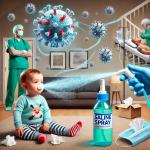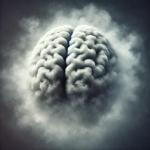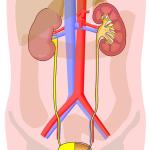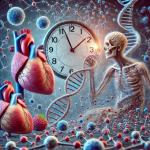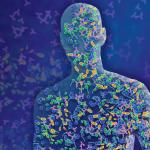I first heard the rule of thumb, "the solution to pollution is dilution," during my surgical training when, during an abdominal surgery, the contents of the bowel, small or large, accidentally spilled into the abdominal cavity.
Disease
Coagulopathy, the formation of small blood clots that go on to wreck respiratory and neurologic havoc, has long been a clinical hallmark of COVID, and now it's oft-ignored Long COVID.
A breakthrough, almost decade-long study of a spray vaccine offers promise for hundreds of millions of women who suffer from urinary tract infections (UTIs) over their lifetimes.
In the last few weeks, Stat posted its most recent article on their continuing investigation of United Healthcare,
Join Cameron English and Dr. Chuck Dinerstein on Episode 87 of the Science Dispatch podcast as they discuss:
Aging is a complex process involving many variables interacting in linear and nonlinear ways closely linked with nearly all diseases. Understanding aging’s molecular changes is critical to increasing the health span.
Join Cameron English and Dr. Chuck Dinerstein on Episode 86 of the Science Dispatch podcast as they discuss:
When I first wrote Antibiotics – The Perfect Storm (2009-10), I described the various factors that went contributed to the conundrum that still confronts us today.
Why is it that the results of well-controlled studies often, if not always, find them difficult to replicate in the real world? That loss of efficacy is termed the voltage effect, as described by John List.
We began with President Biden, whose COVID infection, while mild, is concerning because of his vulnerability to serious complications because of his age and frailty, including possible dementia or a variant of Parkinson's disease.
